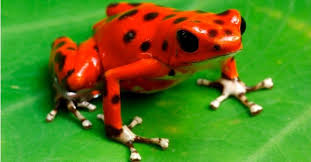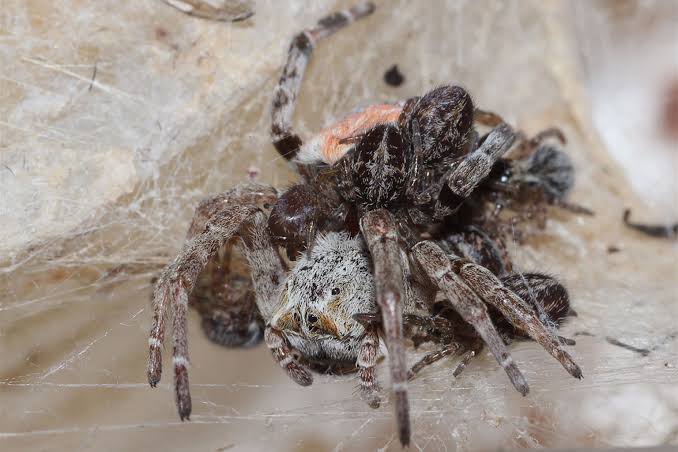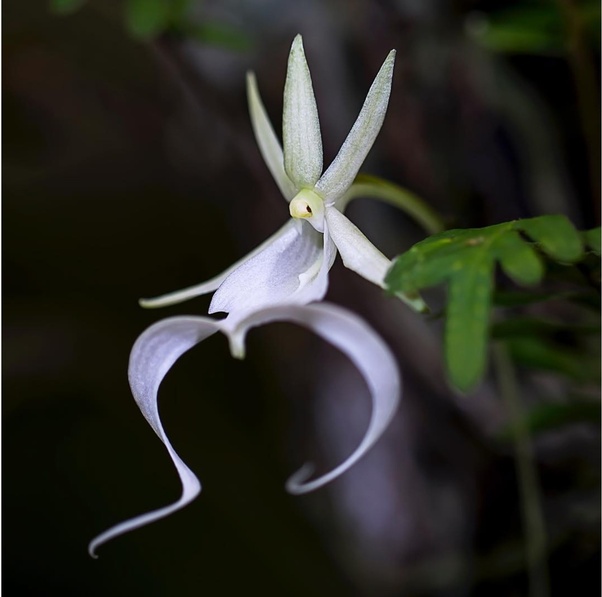Decoding Nature’s Warning Signals: Exploring the Evolutionary Significance, Biological Mechanisms, and Ecological Impact of Aposematic Coloration as a Universal Language of Survival and Defense in the Animal Kingdom
Nature is a master communicator, and among its most striking methods of sending a message is aposematic coloration where vivid, often contrasting colors warn predators of an animal’s toxicity, unpalatability, or dangerous defense mechanisms. This biological phenomenon, seen in species ranging from poison dart frogs to monarch butterflies and venomous snakes, is more than just visual spectacle; it is a finely tuned evolutionary strategy shaped by survival pressures over millions of years.

At the core of aposematic coloration lies a powerful interplay between appearance and behavior. Bright colors such as reds, yellows, and oranges act as visual signals that discourage predation by advertising danger. Unlike camouflage, which conceals, aposematism boldly announces, turning potential vulnerability into an asset. This honest signaling is reinforced through learned avoidance; predators that experience the consequences of attacking a brightly colored prey are less likely to repeat the mistake.
The biological mechanisms behind these vivid displays often include chemical defenses such as toxins or venom, synthesized internally or derived from the animal’s diet. These chemical compounds not only deter predators but also shape entire ecological interactions, influencing predator-prey dynamics and food web structures.
Aposematic coloration also raises fascinating questions in evolutionary biology. For example, how did such conspicuous traits evolve in a world full of predators? What role does mimicry play when non-toxic species imitate aposematic signals for their own protection?
Ultimately, studying aposematic coloration reveals much about natural selection, co-evolution, and the language of survival underscoring how color, in the wild, can mean the difference between life and death.














Leave a Reply